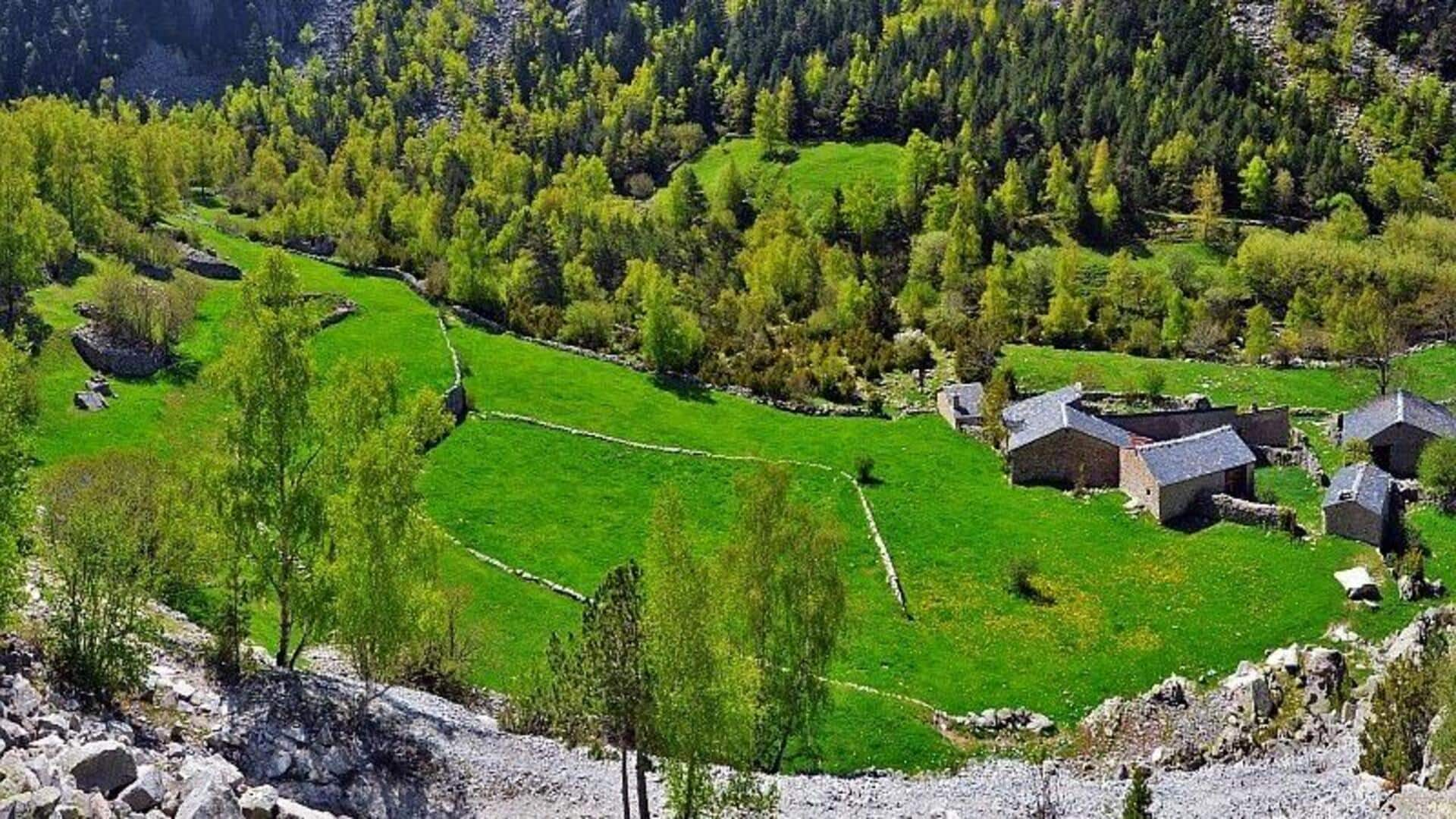
5 underrated UNESCO sites in Europe
What's the story
Europe is home to several UNESCO World Heritage sites, but there are some lesser-known, yet equally fascinating ones. These hidden gems give travelers a chance to explore Europe's heritage beyond the usual tourist spots. They offer an intimate glimpse into the continent's illustrious history and culture, and are definitely worth exploring.
Bulgarian Marvel
The rock-hewn churches of Ivanovo
Found in Bulgaria, the Rock-Hewn Churches of Ivanovo is a series of monolithic churches, chapels, and monasteries carved into rocks. Dating back to the 12th century, the structures are adorned with stunning frescoes showing biblical scenes. The site provides a glimpse of medieval art and architecture in Eastern Europe.
Andorran wilderness
The Madriu-Perafita-Claror Valley
Nestled in Andorra, this valley is a pristine example of high mountain landscapes shaped by centuries of human activity. It showcases traditional agricultural practices and features stone huts used by shepherds. Visitors can enjoy hiking trails that wind through lush meadows and rugged terrain while experiencing the natural beauty preserved within this cultural landscape.
French history
The archaeological site of Alesia
Located in France, Alesia is an archaeological site famous for its historical significance as the place where Julius Caesar defeated Vercingetorix during the Gallic Wars. Excavations have revealed remnants of both Roman and Gallic settlements. Not only does this site give you an insight into ancient military strategies, it also gives you a chance to explore reconstructed fortifications.
Norwegian heritage
Roros mining town
Roros is a historic mining town in Norway, famous for its well-preserved wooden buildings from the 17th century, when copper mining flourished here. Walking through Roros, you will feel as if you have traveled back in time, with its quaint streets lined with colorful houses that display traditional Scandinavian architecture.
Baltic beauty
Curonian Spit
A UNESCO site since 2000, the Curonian Spit runs through Lithuania and Russia along the Baltic Sea. This long, narrow strip divides freshwater lagoons from saltwater seas. Its moving sand dunes, blanketed by pine forests, provide shelter to wildlife such as elk and wild boar. Preservation of its biodiversity has ensured this unique ecosystem remains largely undisturbed for decades.